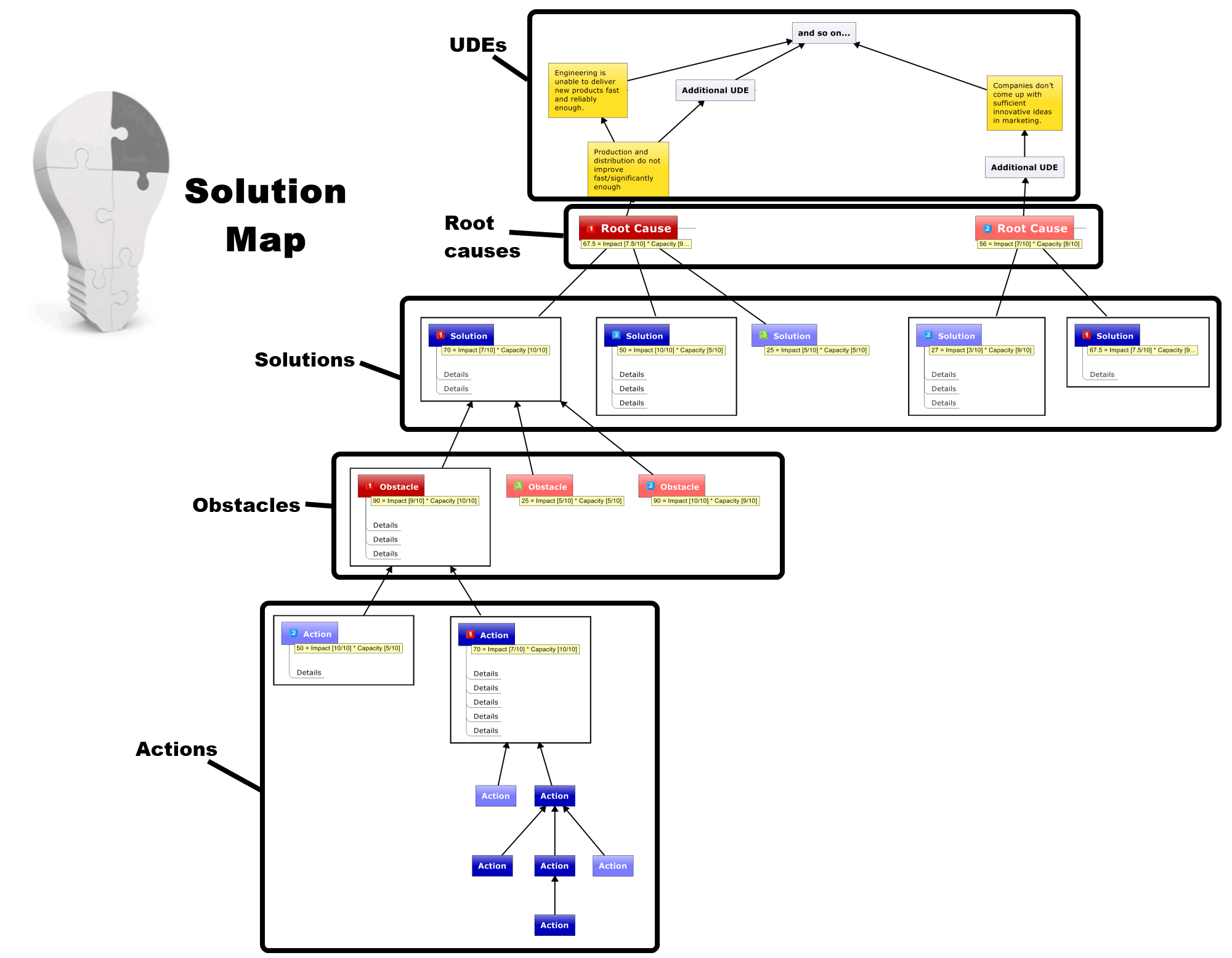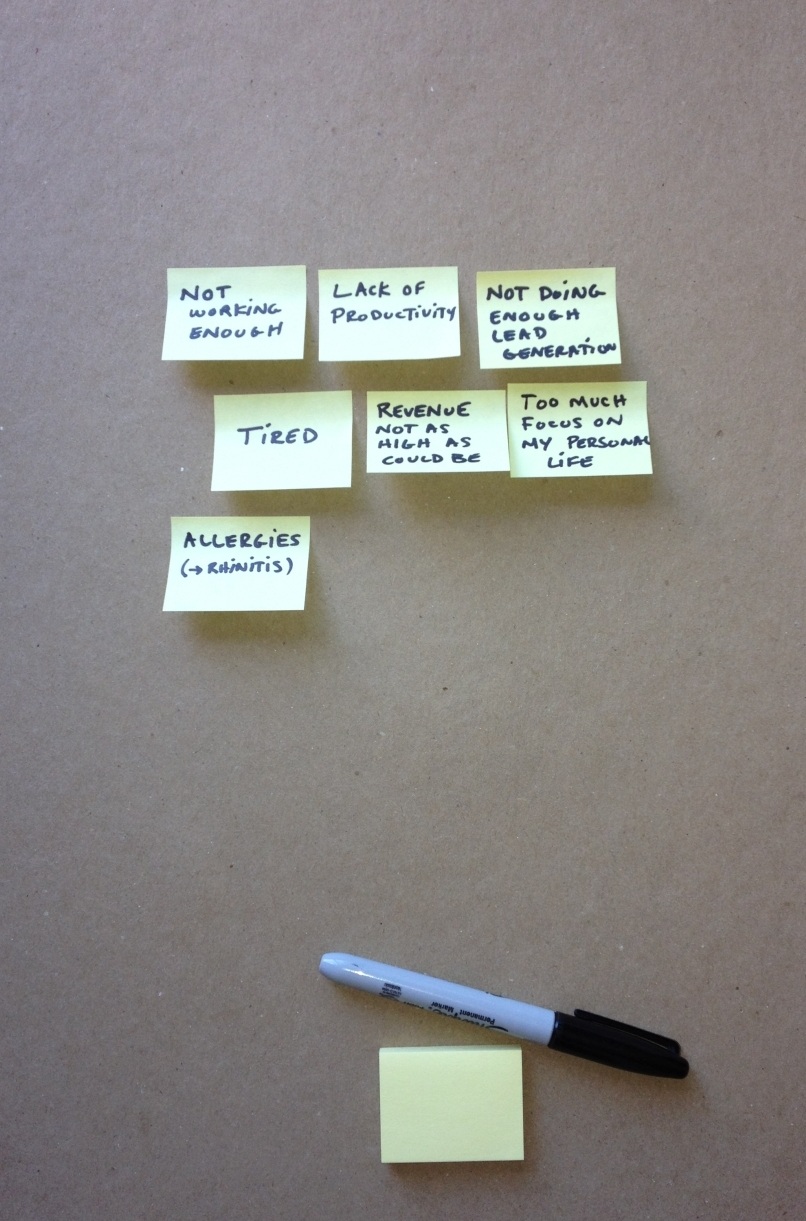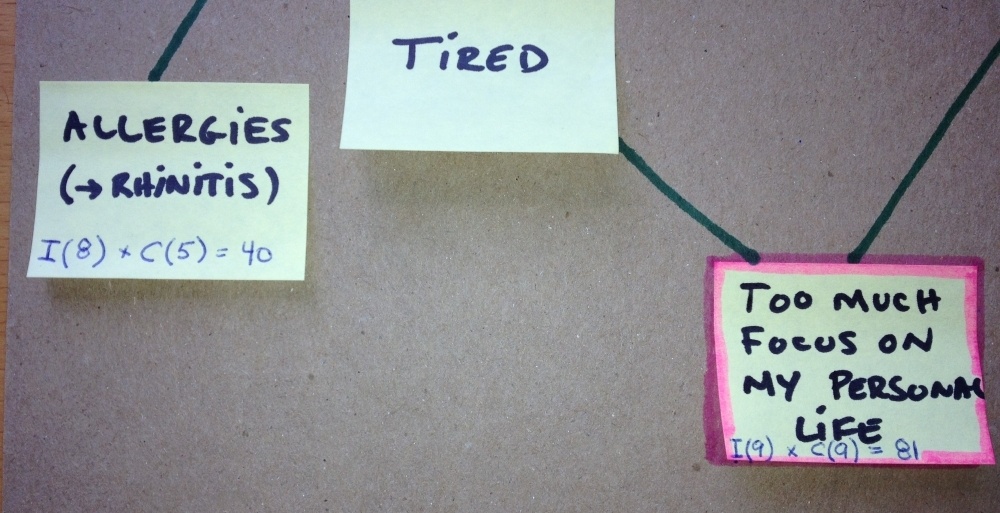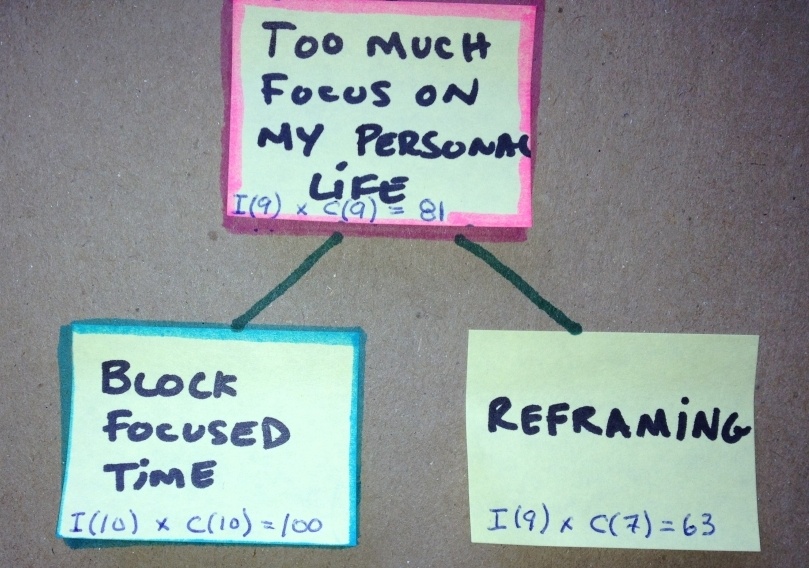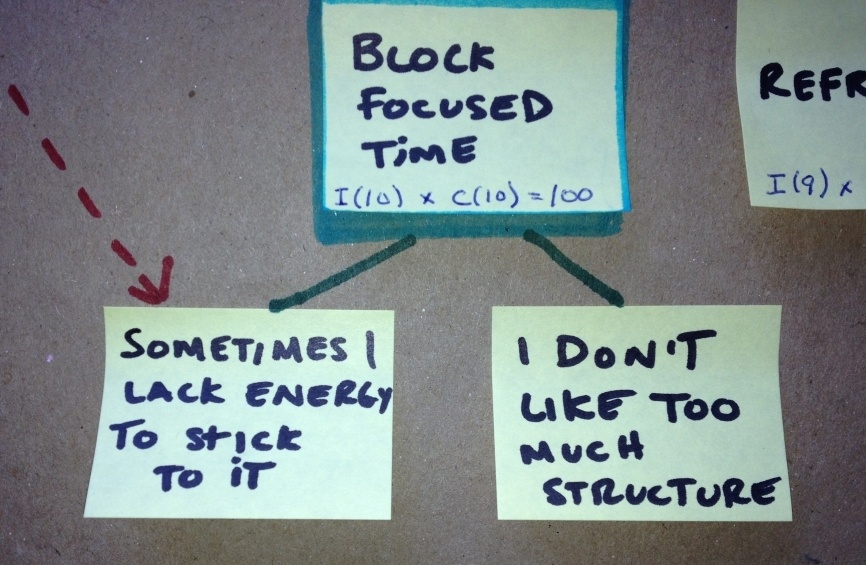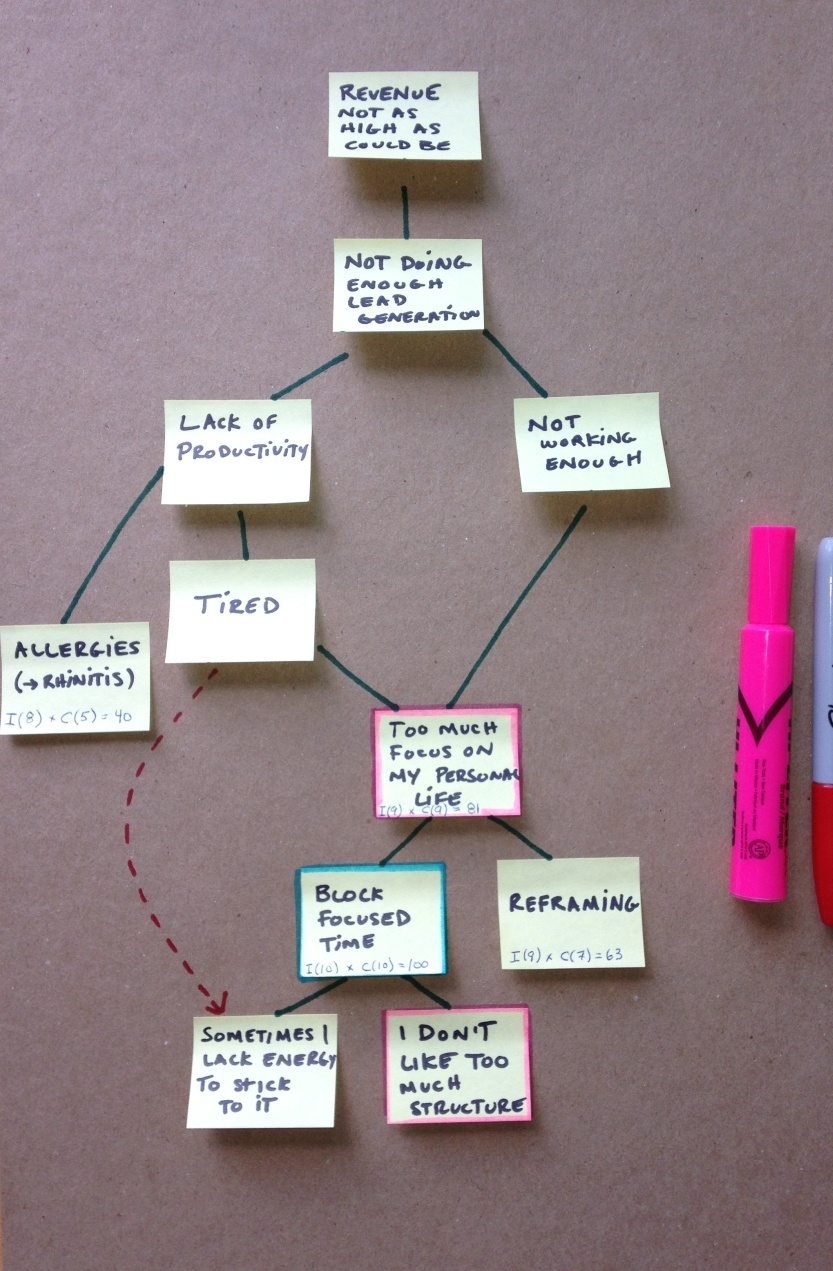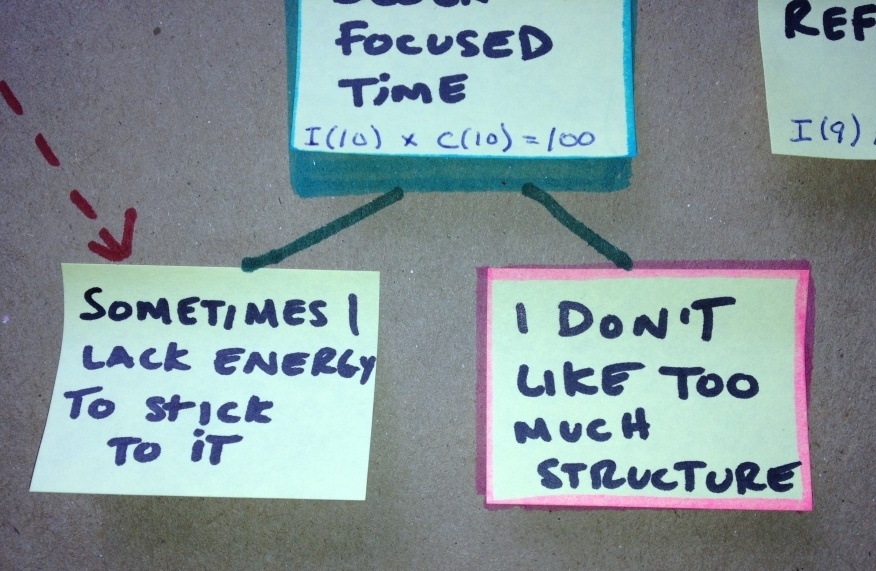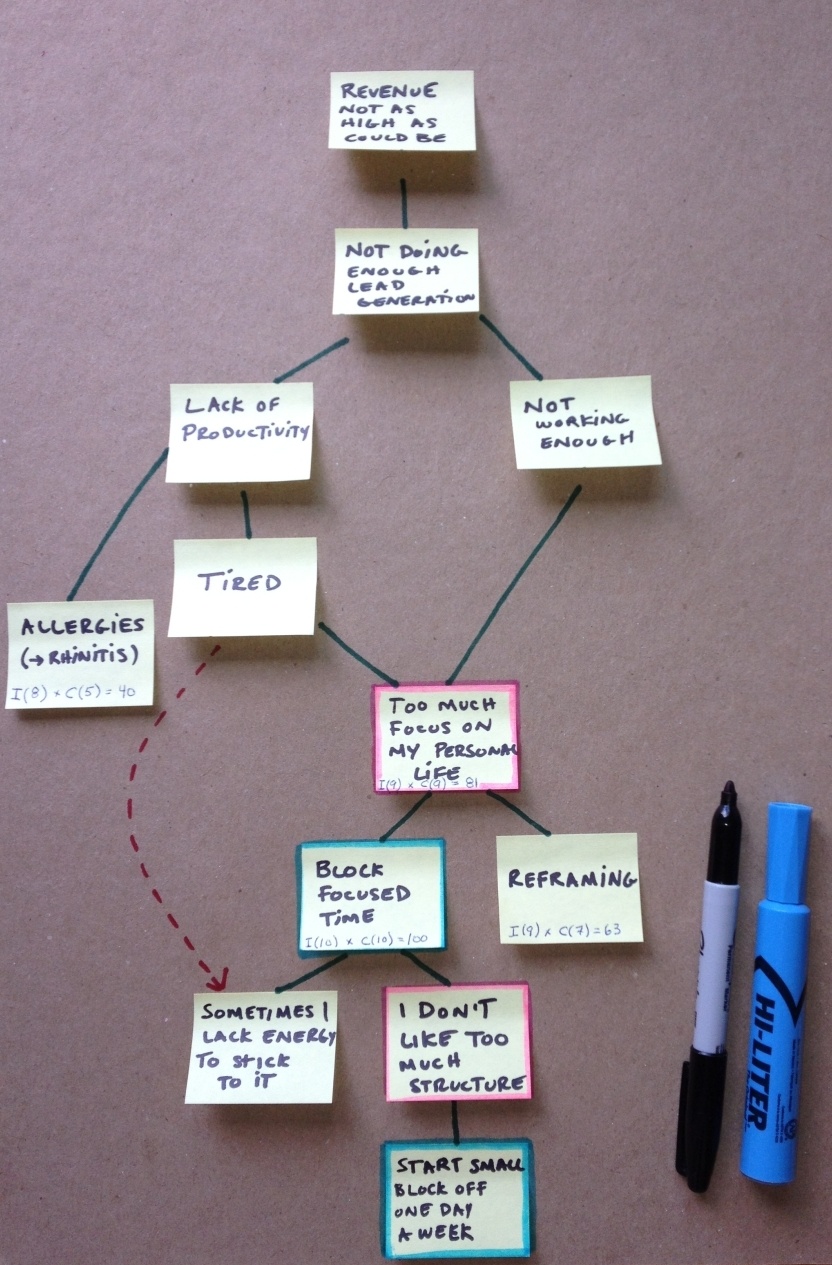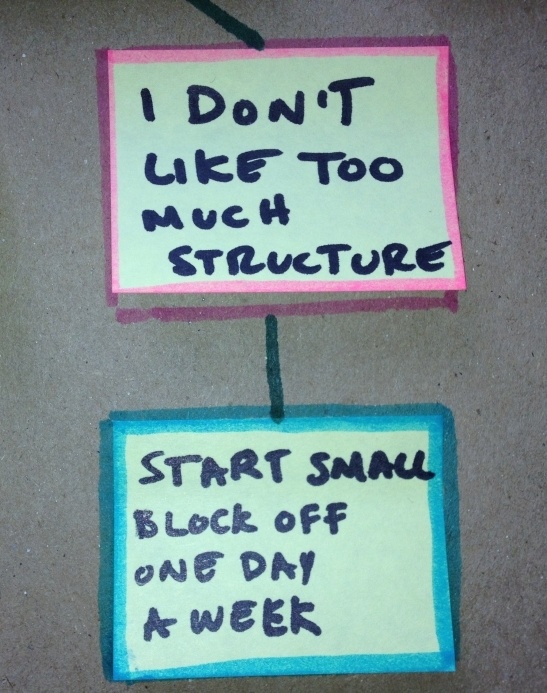It’s difficult to think clearly and find solutions easily when you’re overloaded with complex and contradicting information. A puzzle with just too many pieces is quite confusing. I believe there are three levels of thinking… Regular thinking is just you thinking in silence. This is the baseline – it only gets better from here on. Thinking out loud brings a few benefits. Expressing your thoughts verbally forces you to clarify them. You also get to feed off each other’s ideas. Thinking visually is incredibly powerful:
Visualizing your thoughts makes them much clearer; Ideas are automatically organized; Your productivity is maximized by leveraging mind mapping and other types of diagrams.
Problem solving is considered the most complex of all intellectual functions. Hence, all the help you can get is very welcome! The late Eliyahu M. Goldratt, a business management guru, introduced several thinking processes that facilitate problem solving in his book It’s Not Luck.
Goldratt’s Thinking Processes
When applying the thinking process method, there is a proper sequence to follow. For example, a Current Reality Tree is always the best place to start. Once you’ve developed a CRT you follow up with a Future Reality Tree, and lastly a Pre-Requisite Tree. The Cloud, on the other hand, is used whenever you come across a conflict between actions. I created a simplified version of these processes derived from the CRT and the PRT. I call this approach a Solution Map. Using a solution map allows you to visualize your problem clearly. Simply put, you find the root cause(s) for all of your problems. In the end, you come up with a list of prioritized actions that you need to do, which you know will fix those problems.
You will need…
Although I find that the best way to use the solution map is with a computer, you can do it with post-its. If you choose post-its, then you are better off also using a whiteboard, on which you will place those post-its. A large sheet of paper will work too, but the advantage of the whiteboard is that you can easily move post-its around and redraw the connecting lines. In order to implement the Solution Map, follow these five steps:
- List your UnDesirable Effects (UDEs) These are your problems, irritants, negative things in your business or your personal life. List all the UDEs that you can think of for now, or capture them over a certain period of time. Write each UDE on a separate post-it. Stick them to your sheet or whiteboard, in no particular order.
- Uncover the root cause(s) Build a causal tree. “Because of A, then B”. Add a line (or arrow) between each cause and its consequence(s). Consequences go in the top of the tree, whereas causes go in the bottom. The root cause(s) are the elements that don’t have any other element causing them. So in other words, the root causes are the leaves of the tree, in the bottom.
In our example, the two root causes are “Allergies” and “Too much focus on my personal life”. Note that you might also highlight the root causes in a different color. I kept things as simple as possible to demonstrate the process, but having some color coding is useful. If you have more than one root cause, prioritize them. To evaluate an element, rate its impact and your capacity at solving it. Then, multiply those two numbers. You get a relative result that makes it easy for you to decide what the priorities are. In some cases where the hierarchy in importance is obvious, you don’t need to evaluate each element with those criteria; just decide. Mark the most important root cause by highlighting it. 3. Brainstorm solutions Since you now know which root cause(s) to focus on, it is the time to brainstorm solutions for that one, or for the top few. List all the potential solutions that you can think of. Place those post-its below their associated root cause. Draw a line or arrow from each solution to its related root cause. Prioritize with the same criteria (impact * capacity). Highlight the most important solutions with a different marker. 4. Identify the obstacles For each of the most important solutions, identify the obstacles to their implementation. An obstacle is something stopping you from implementing the solution you have for a root cause. Did you notice the red dotted arrow? This is what is called a negative reinforcing loop. It is simply a loop in your irritants that keeps making things worse, and worse, until you solve it. In our example, “being tired” feeds off the problem of “lacking energy to stick to things I’m committed to”. It is said that a Current Reality Tree is not really a Current Reality Tree until you have a negative reinforcing loop. Then, prioritize the obstacles with the same criteria (impact * capacity). 5. List the actions For the most important obstacle or for the top few, identify the list of actions needed to alleviate it. An action is simply the thing you need to do to remove that obstacle. Prioritize the actions you find, using the same criteria.
And you’re done!
You now have an ordered list of actions to take, which will remove the obstacles to the implementation of the solutions. Once you’re done with those actions, you need to start implementing the solution itself. Obviously, I kept this example very simple, with only a few UDEs, root causes, solutions and actions. Your real-life situation might be a lot more complex. And this brings me back to making the suggestion of using the computer, or at least a large white board. You will need plenty of space to create your Solution Map. I personally use Mindjet MindManager, but any visual tool that allows you to position elements freely on a white canvas and adding lines or arrows between those will do just fine. Featured photo credit: Jason Strull via unsplash.com

